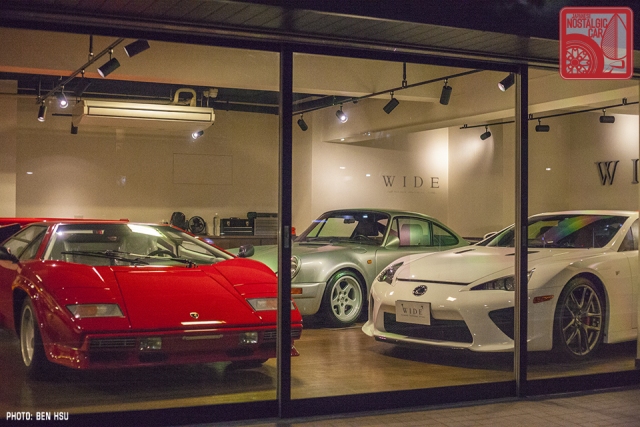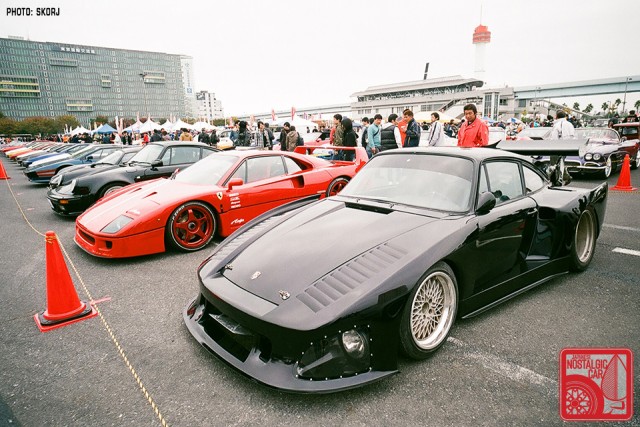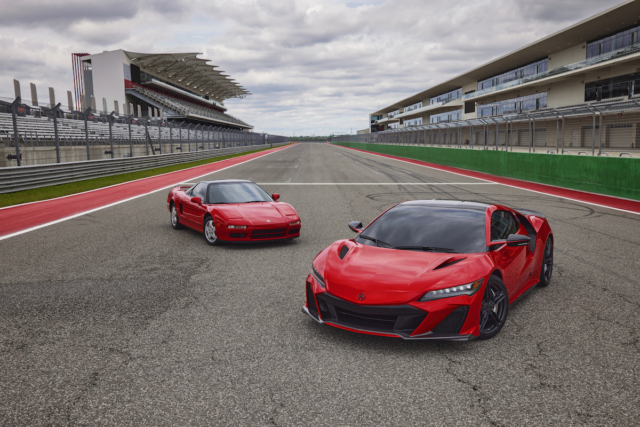Exotic machinery has long been popular in Japan, but the country has had two notable supercar booms in its history. It could now be on the brink of a third, thanks to a perfect storm of unprecedented factors. According to a Bloomberg report, sales of cars with price tags greater than ¥20 million ($136,000 USD) have increased 64 percent this year compared to 2021, and last year sales increased by 75 percent from the year prior.
Japan’s first supercar boom was largely credited to Satoshi Ikezawa’s manga Circuit Wolf, which debuted in December 1974. It starred many cars that, you may have noticed, appear over and over again in Japanese culture, such as the Lotus Europa, Lancia Stratos, Lamborghini Countach, Ferarri 512BB and Porsche 911. The boom was fueled mostly by kids who read the comic, resulting in a huge number of supercar appearances as toys, on soda bottles, and on school supplies.
It was said that schoolchildren with cameras could be seen at Seaside Motor, the famed Yokohama importer of Lamborghini and Maserati every day. By 1977 the craze had reached fever pitch, with two supercar shows held in Tokyo that year. One of them reportedly attracted 460,000 visitors in four days. However, as often is the case in Japan, the trend was short-lived. By the latter half of that year the mania began to ebb, and soon it had evaporated as quickly as it had begun. Circuit Wolf ended in 1979, and Seaside Motor went bankrupt in 1980.
A decade later, the second supercar boom arrived as Japan’s bubble economy was reaching its all-time high. But this time around, it was adults buying them as investments. As an example a Ferrari F40 sold for ¥45 million new in Japan, but at the height of the boom was traded at $250 million.
Japanese companies planned to build their own. Yamaha showed a concept of its OX99-11, a mid-engined road car wrapped around its V12 3.5-liter Formula 1 engine. The Jiotto Caspita, built by Dome and equipped with a 3.5-liter flat-12, reached the prototype stage. But the bubble burst in 1991 and those projects were summarily abandoned. Only Honda was able to bring one to production, the NSX.
Now Japanese buyers are flocking to supercars again, but for very different reasons. Bloomberg reporter Nao Sano attributes what could be a third boom in part to a loosening of COVID restrictions and a weak yen. Buyers weren’t able to act on their desires during the pandemic, but now have emerged to find the yen plummeting in value compared to other currencies. So investing in a supercar is seen as a better investment than having cash on hand, as the latter will lose value by the day. The article doesn’t mention the worldwide popularity of supercar tuners like Rauh Welt Begriff and Liberty Walk, but we’d wager they’re a factor as well.
Sano cites another factor as well: the rise of the EV. According to Yasuhiro Suyama, president of the Japan Supercar Association, car enthusiasts see the paradigm shift to electric cars as a last call for old school internal combustion engines. Tokyo plans to ban sales of new gasoline-powered cars by 2030, so the writing’s on the wall. The article quotes Suyama putting it bluntly: “If you don’t drive them now, then when?”












